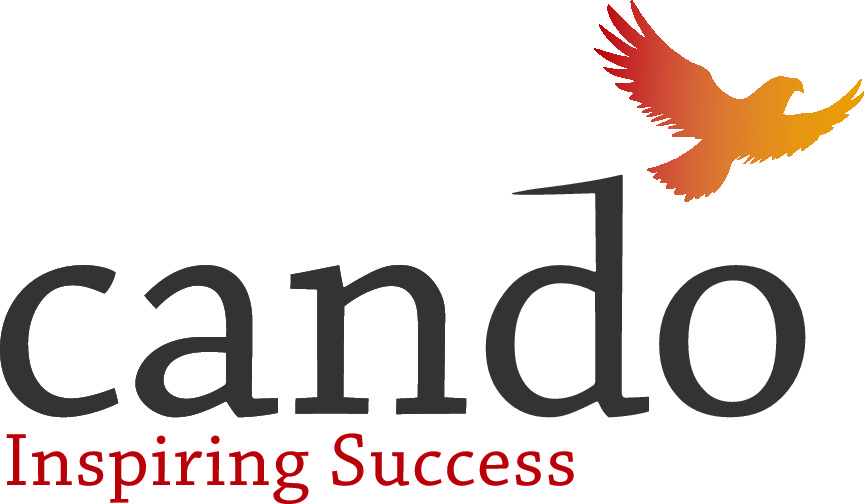Sustainability, Ethics, and Authenticity in Indigenous Tourism: The Case of Eskasoni Cultural Journeys on Goat Island
DOI:
https://doi.org/10.29173/jaed516Abstract
Cape Breton Island (Nova Scotia, Canada) is well known as an island tourism destination, recognized for its rich natural beauty, as well as cultural and heritage products. Eskasoni First Nation is the largest of the five Mi’kmaw communities located on Unama’ki (Cape Breton Island), and until recently Mi’kmaw communities were not recognized as a significant part of the Cape Breton tourism product mix. Tourism as a means of encouraging economic development is not uncommon internationally, and while tourism growth has been significant on the island, questions remain regarding its ethics and authenticity in relation to community economic development. This paper explores the development of an Indigenous (Mi’kmaw) cultural heritage ecotourism product through a community-led approach. Using Eskasoni Cultural Journeys as a case study, the research presented in this paper questions sustainability through the lens of triple bottom line (TBL) accounting, which looks at economic, social, and environmental aspects of development, as well as ethical business practices, such as authenticity and community well-being.
Downloads
References
AANDC (2015). Eskasoni: Registered Population. First Nation Profiles, Ottawa: Aboriginal Affairs and Northern Development Canada. http://pse5-esd5.ainc-inac.gc.ca/fnp/Main/Search/FNRegPopulation.aspx?BAND_NUMBER= 23&lang=eng (Accessed: July 20, 2015).
ATAC (2015). National Aboriginal Tourism Research Project 2015. Vancouver: O’Neil Marketing and Consulting. https://aboriginalcanada.ca/corporate/wp-content/uploads/2015/04/REPORT-ATAC-Ntl-Ab-Tsm-Research-2015-April-FINAL.pdf (Accessed: August 30, 2017).
Bell, M. (1999). The changing face of community development in the North: From the power paradigm to the spirit paradigm. Yellowknife, NT, Canada: Inukshuk Management Consultants.
Bell, M. (2000). Recreation: A tool for community development and capacity building in Aboriginal communities. Thunder Bay, ON: Recreation Northwest.
Brown, K.G. (1998). “Enterprise Cape Breton Corporation: Where Top Down Meets Bottom Up”, in MacIntyre, G.A. (ed.), Perspectives on Communities: A community economic development roundtable (pp. 135–158). Sydney, NS: UCCB Press.
Brown, K.G. (2009). “Island tourism marketing: music and culture”, International Journal of Culture, Tourism and Hospitality Research, 3(1): 25–32.
Butler, R., and Hinch, T. (eds.) (2007). Tourism and Indigenous Peoples: Issues and implications (1st Ed.). Oxford, UK: Elsevier.
Cape Breton Post. (2014, April 11). “Tourism awards recognize the best of Cape Breton Island”. Online: http://www.capebretonpost.com/news/local/tourism-awards-recognize-the-best-ofcape-breton-island-5782/ (Updated October 2, 2017).
Carr, A. (2004). “Mountain places, cultural spaces: The interpretation of culturally significant landscapes”, Journal of Sustainable Tourism, 12(5): 432–459.
Colton, J., and Harris, S. (2007). “Indigenous ecotourism’s role in community development: The case of the Lennox Island First Nation”, in Butler, R. and Hinch, T. (eds.), Tourism and Indigenous peoples: Issues and implications (pp. 220–233). Oxford, UK: Elsevier.
DCBA (2015). Destination Cape Breton Association 2015 Strategic Plan, online: http://dcbainfo.com/wp/wp-content/uploads/2015/04/DCBA2015Plan.pdf (Accessed: July 20, 2015).
DCBA (2014). Bras d’Or Lake Scenic Drive: http://www.cbisland.com/the-island/bras-dor-lake-scenic-drive (Accessed: July 20, 2015).
Doucette, M.B. (2008). “Membertou Heritage Park: Community Expectations for an Aboriginal Cultural Heritage Centre”. Unpublished Master of Business Administration in Community Economic Development Major Research Essay, Cape Breton University, Sydney, NS, Canada.
Eskasoni First Nation (2017). Our Eskasoni. Online: http://www.eskasoni.ca/History/ (Accessed: August 30, 2017).
ECJ (2015). Welcome to Eskasoni Cultural Journeys. Online: http://www.eskasoniculturaljourneys.ca (Accessed: August 30, 2017).
Global Sustainable Tourism Council (2015). Welcome to the Global Sustainable Tourism Council. Online: https://www.gstcouncil.org/en/ (Accessed: July 20, 2015).
Lemelin, R.H., and Blangy, S. (2009). “Introduction to the special issue on Aboriginal ecotourism”, Journal of Ecotourism, 8(2): 77–81.
Lynch, M.-F., Duinker, P., Sheehan, L., and Chute, J. (2010). “Sustainable Mi’kmaw cultural tourism development in Nova Scotia, Canada: Examining cultural tourist and Mi’kmaw perspectives”, Journal of Sustainable Tourism, 18(4): 539–556.
Lynch, M.-F., Duinker, P, Sheehan, L., and Chute, J. (2011). “The demand for Mi’kmaw cultural tourism: Tourist perspectives”, Tourism Management 32: 577–586.
MacDonald, L. (2000). “The process of Mi’kmaq community-based development: A case study of the Bear River Mi’kmaq npisunewawti’j (medicine trail) project”. Unpublished Master of Environmental Studies thesis, Dalhousie University, Halifax, NS, Canada.
Manyara, G., and Jones, E. (2007). “Community-based tourism enterprises development in Kenya: An exploration of their potential as avenues of poverty reduction”, Journal of Sustainable Tourism, 15(6): 628–644.
Membertou Heritage Park (2015), online: http://www.membertouheritagepark.com (Accessed: July 20, 2015).
Notzke, C. (1999). “Indigenous tourism development in the Arctic”, Annals of Tourism Research, 26(1): 55–76.
Notzke, C. (2004). “Indigenous tourism development in southern Alberta, Canada: Tentative engagement”, Journal of Sustainable Tourism, 12(1): 29–54.
Notzke, C. (2006). The stranger, the native and the land”: Perspectives on Indigenous tourism. Concord, ON: Captus Press.
Rozemeijer, N. (2001). Community-based tourism in Botswana: The SNV experience in three community-tourism projects. Gaborone: SNV Botswana.
Ryan, C., and Aicken, M. (eds.) (2005). Indigenous tourism: The commodification and management of culture. Oxford, UK: Elsevier.
Strick, S., and Fenich, G.G. (2013). “Green Certifications and Ecolabels in the MEEC Industry: Which Are Really Worth It?” Journal of Convention & Event Tourism, 14(2): 162–172.
Stoddard, J.E., Pollard, C.E., and Evans, M.R. (2012). “The Triple Bottom Line: A Framework for Sustainable Tourism Development”, International Journal of Hospitality & Tourism Administration, 13(3): 233–258.
STI (2015). Homepage, online: http://sustainabletravel.org (Accessed: July 20, 2015).
UNWTO (2001). Tourism 2020 vision. Madrid: United Nations World Tourism Organization.
UNWTO (n.d.). Sustainable Development of Tourism Definition. Online: http://sdt.unwto.org/content/about-us-5 (Accessed: July 20, 2015).
Weaver, B. (2010). “Indigenous tourism stages and their implications for sustainability”, Journal of Sustainable Tourism, 18(1): 43–60.
Williams, P.W., and O’Neil, B. (2007). “Building a triangulated research foundation for Indigenous tourism in BC, Canada”, in R. Butler, and T. Hinch, (eds.), Tourism and Indigenous Peoples: Issues and implications (pp. 40–57). Oxford, UK: Elsevier.
Zeppel, H. (2006). Indigenous ecotourism: Sustainable development and management. Wallingford, UK: CABI.
Zorrilla Martinez, J.J. (2003). “Authenticity in the context of ethnic tourism: The local perspective”. Unpublished PhD thesis, University of Calgary, Calgary, AB, Canada.
Downloads
Published
Issue
Section
License
Copyright (c) 2018 Patrick T. Maher, Stephanie MacPherson, Mary Beth Doucette, Janice Esther Tulk, Tracy Menge

This work is licensed under a Creative Commons Attribution-NonCommercial-NoDerivatives 4.0 International License.




